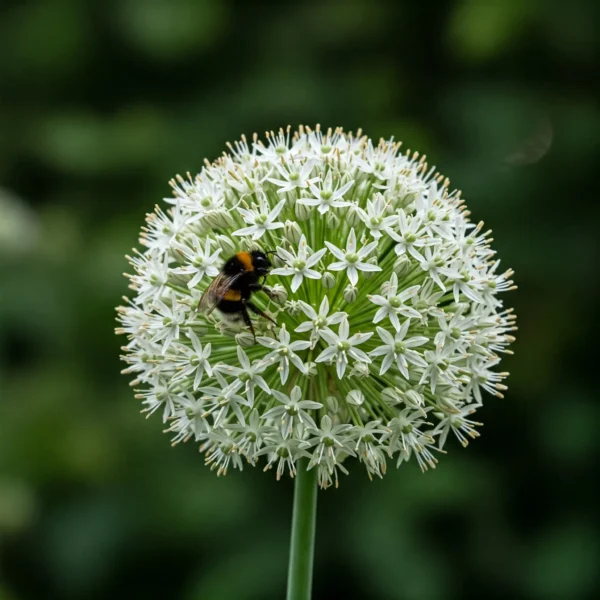Red fescue
Festuca rubra, commonly known as red fescue, is a cool-season grass that is valued for its fine texture and adaptability. It is a versatile grass species that can be used in various landscaping situations.
Red fescue Care
How much sunlight does red fescue need
Red Fescue thrives in partial shade to full sun. It can tolerate moderate shade, making it suitable for various light conditions.
Soil for red fescue
This grass is adaptable to different soil types but prefers well-draining, loamy soil. It can also grow in sandy soils and tolerates slightly acidic to slightly alkaline pH levels.
Watering of red fescue
Once established, Red Fescue has moderate water requirements. Water deeply and infrequently, allowing the soil to dry slightly between waterings. Avoid overwatering, which can lead to root rot.
Fertilization of red fescue
Red Fescue typically doesn’t require heavy fertilization. An annual application of a balanced, slow-release fertilizer in early spring is usually sufficient.
Pruning of red fescue
Red Fescue doesn’t require regular mowing like traditional lawns. However, if you want to maintain a neater appearance, mow it occasionally to a height of 2 to 3 inches.
Propagation of red fescue
Propagate Red Fescue through seed sowing. Sow the seeds in early spring or fall, and keep the soil moist until germination occurs.
Landscaping Use of red fescue
Red Fescue is commonly used in lawns, meadows, and as a ground cover in shaded areas. It’s also suitable for erosion control on slopes.
Wildlife Habitat
While not a primary wildlife food source, Red Fescue can provide cover and habitat for small animals and insects.
Disease and Pest Resistance
Red Fescue is generally resistant to pests and diseases. Proper care and maintenance can help prevent issues.
Maintenance Level
Low to moderate, depending on the intended use.
Drought Tolerance
Moderate; it can withstand short periods of drought once established.
Soil Improvement
Red Fescue can help improve soil structure through its root system.
Cultural Significance
Red Fescue is valued for its role in creating beautiful, fine-textured lawns and landscapes.
Red Fescue is a versatile grass that can enhance the aesthetic appeal of lawns and landscaping while requiring relatively low maintenance. Its adaptability to different light conditions and soil types makes it a valuable addition to various garden settings.
Table with basic info about red fescue
| Aspect | Information |
|---|---|
| Scientific Name | Festuca rubra |
| Common Names | Red Fescue |
| Family | Poaceae (Grass Family) |
| Genus | Festuca |
| Soil Requirements | Well-draining, loamy soil |
| Soil pH Range | 5.5 – 7.0 |
| Best Soil Mix | Loamy soil with good drainage |
| Country of Origin | Native to Europe, widespread |
| Discovery Year | Not precisely documented |
| Flowering Time | Late spring to early summer |
| Watering Frequency | Moderate; allow the soil to dry slightly between waterings |
| Origin | Native to Europe, now found in various regions worldwide |
| Minimum Temperature | Tolerates temperatures down to -20°C (-4°F) |
| Flower Color | Greenish or reddish-brown |
| Growth Habit | Bunchgrass |
| Lifespan | Perennial |
| Light Requirements | Full sun to partial shade |
| Drought Tolerance | Moderate; established plants can withstand dry spells |
| Wildlife Attraction | Provides cover for small wildlife |
| Invasive Potential | Generally not invasive when planted appropriately |
| Disease and Pest Resistance | Resistant to many common pests and diseases |
| Maintenance Level | Low to moderate, occasional mowing for appearance |
| Erosion Control | Effective for soil erosion control on slopes |
| Lawn Use | Common in mixtures for lawns and turf |
| Soil Improvement | Improves soil structure through its root system |










